Creating A Food Forest: How To Start Your Own Food Forest
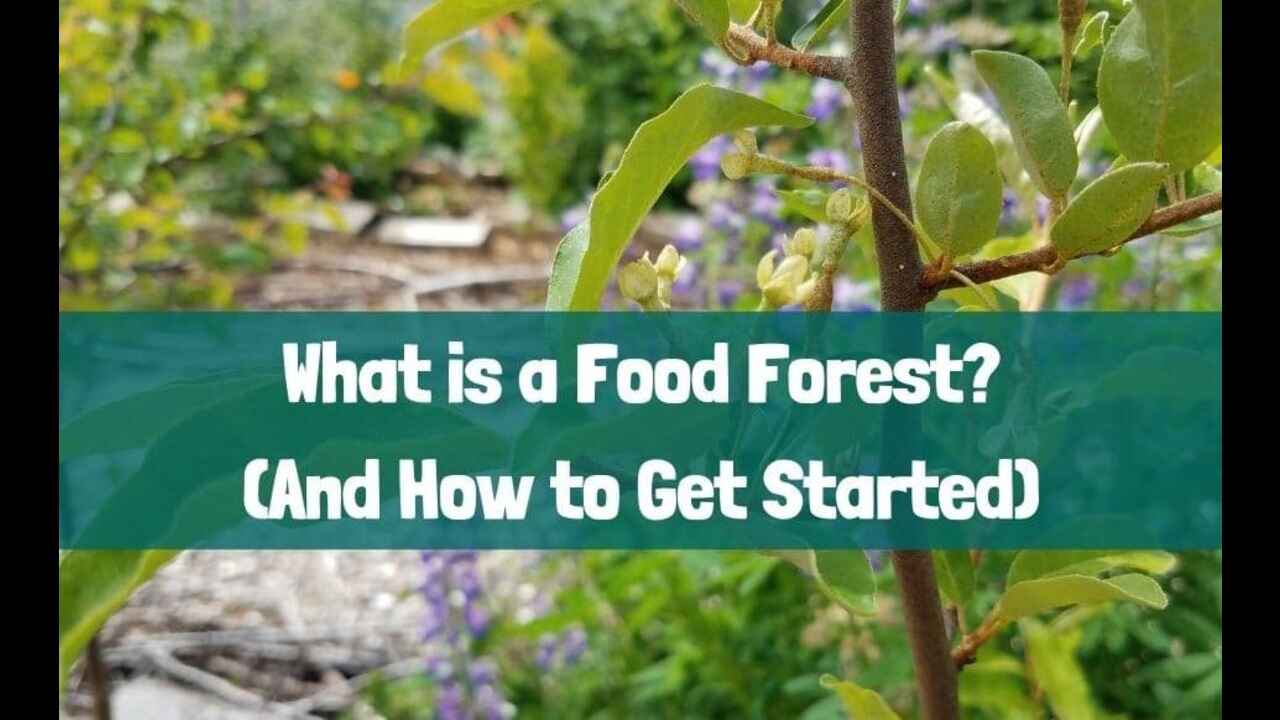
If you’re interested in living more sustainably and being able to grow your own food, a food forest might be the perfect project to get started on. A food forest is an intentional ecosystem that mimics a woodland ecosystem, but instead of trees there are edible plants. In this article, we’ll explore how to design and build one from start to finish!
What is a food forest?
A food forest is a term used to describe an area where edible plants are grown in a way that mimics a natural forest ecosystem. In a food forest, trees, shrubs, and other plants are planted in close proximity to each other and allowed to interact symbiotically. The goal of creating a food forest is to create a space that is low-maintenance and productive, while also providing habitat for wildlife.
When planning your food forest, it is important to consider what types of plants you want to include. Trees, shrubs, and herbs are all good options. Once you have decided what plants you want to include, you need to think about how you will arrange them in your space. You can either plant them in concentric circles or in rows. Whichever arrangement you choose, make sure that the tallest plants are in the center and the shortest plants are on the outside.
Once you have planned out your food Forest, it is time to start planting! When planting trees and shrubs, it is important to dig large holes so that the roots have plenty of room to spread out. With herbs and other smaller plants, you can simply scatter the seeds around the area where you would like them to grow. Water your food Forest regularly, especially during the first few years as the plants establish themselves. With proper care, your food Forest will provide you with fresh fruits, vegetables, herbs, and nuts for years to come!
Why should I create a food forest?
A food forest is a type of food production system that mimics a natural forest ecosystem. It is a sustainable way to produce food, using little to no chemicals or artificial inputs. Food Forests can provide an abundance of fresh fruits, vegetables, nuts, and herbs, while also supporting wildlife. Creating a food forest is a great way to create an edible landscape that is beautiful and productive.
When most people think of gardening, they picture rows of neatly planted vegetables or flowers. But there is another way to garden that is more natural, less work, and provides a greater yield of food – the food forest.
A food forest is a type of permaculture garden that mimics a forest ecosystem. In a food forest, edible plants are planted together in layers, just like in a natural forest. The tallest trees are at the center, with smaller trees and shrubs around the edge, and ground cover plants beneath.
There are many benefits to creating a food Forest:
1) A food Forest is low maintenance. Once it is established, it requires very little watering or weeding. The leaf litter from the trees provides natural mulch for the plants below, and the dense planting means that weeds have trouble getting started.
2) A food forest is highly productive. Because so many different types of plants are growing close together, they can all benefit from each other’s presence. For example, taller trees will provide shade for lower-growing plants, and their roots can help to aerate the soil. This results in an overall healthier ecosystem and higher yields of fruits and vegetables.
3) A food Forest is beautiful and creates habitat for wildlife. By replicating a natural ecosystem, a food Forest provides homes for birds, bees, and other insects that are beneficial to plant growth. Additionally, the diverse plantings create an aesthetic that is pleasing
Where should I start my food forest?
When starting your food forest, you should consider a few factors such as climate, soil type, and available space. It’s also important to decide what type of food forest you want to create. Will it be a tropical oasis with palms and coconuts, or a temperate woodland with fruits and nuts?
Once you’ve decided on the general location and style of your food forest, it’s time to start planning what to plant. You’ll need to consider what kinds of plants will do well together, as well as how tall and wide they’ll eventually grow. It’s important to create a diverse mix of plants in your food forest so that they can all benefit from each other. For example, tall trees can provide shade for smaller plants, while nitrogen-fixing plants can help improve the quality of the soil.
When you’re ready to start planting, remember to go slowly at first and build up the number of plants gradually over time. This will give your food Forest a better chance to establish itself and thrive in the long term.
How to plant your tree and shrubs.
When you are ready to plant your trees and shrubs, there are a few things to keep in mind. First, make sure you have the right plants for your climate and soil type. Second, choose plants that will provide the food and shelter for the animals you want to attract to your food forest. Third, plant your trees and shrubs in a way that will create the most efficient use of space.
To find the right plants for your climate and soil type, consult with your local nursery or extension office. They can help you choose plants that are native to your area and that will thrive in your specific conditions.
When choosing plants for your food forest, consider which animals you want to attract. Make sure to include a variety of trees and shrubs that will provide food (fruit, nuts, seeds, leaves) and shelter (nesting sites, cover from predators) for these animals.
Finally, think about how you want to arrange your trees and shrubs. You can plant them in rows or clusters, depending on what will work best in your space. Remember to leave room for growth – both vertical and horizontal – when planning your planting design.
How to choose plants for your food forest.
When creating your food forest, one of the most important considerations is what plants you will choose. You may want to select plants that will provide you with a variety of foods, as well as those that are well-suited to the climate and soil in your area. It is also important to consider the climate, soil type, and sunlight availability in your area before plantation.
Here are a few tips to help you choose the right plants for your food forest:
1. Select a mix of fruit and nut trees, as well as other edible plants. This will ensure that you have a steady supply of food throughout the year.
2. Choose plants that are native to your area. They will be better adapted to the local climate and soil conditions.
3. Consider the space you have available. Some fruit trees can grow quite large, so make sure you have enough room for them to reach their full potential.
4. Don’t forget about pollinators! Be sure to include some plants that attract bees and other pollinators, as they are essential for the production of many fruits and nuts.
5. Plan for succession planting. As some trees take longer to mature than others, you’ll need to consider how long it will take before each species is ready to harvest. Succession planting will ensure that there is always something ready to eat in your food forest.
6. Research the best plants for your specific climate zone.
7. Consider which plants will provide complementary benefits to each other (such as nitrogen-fixing legumes and fruit trees).
8. Select a variety of plant types (such as annuals, perennials, shrubs, and trees) to ensure a continuous supply of food throughout the year.
9. Choose plants that are known to be easy to care for and low-maintenance.
By following these tips, you can create a food forest that is both productive and beautiful.
How to maintain your food forest?
Assuming you have already created your food forest, there are a few key things you need to do in order to maintain it.
First, you need to make sure that you are regularly removing any dead or dying plants. This will help ensure that your food forest stays healthy and doesn’t become overrun with unhealthy plants.
Second, you need to make sure that you are regularly pruning your plants. This will help them stay healthy and encourage new growth.
Third, you need to make sure that you are providing adequate water for your plants. This means ensuring that they have access to fresh water and that the soil is moistened on a regular basis.
Fourth, you need to make sure that you are fertilizing your plants on a regular basis. This will help them stay healthy and encourage new growth.
By following these simple tips, you can maintain a healthy and thriving food forest!
Conclusion
Creating your own food forest is a great way to produce fresh, healthy food while also supporting local wildlife. If you have the space and the resources, we highly recommend giving it a try. Starting your food forest is as simple as finding a suitable location, preparing the soil, and planting your trees. With a little patience and care, you can create an oasis of fresh fruit and vegetables that will last for years to come.
For more information, please visit our website @ https://www.naturalmangoes.com


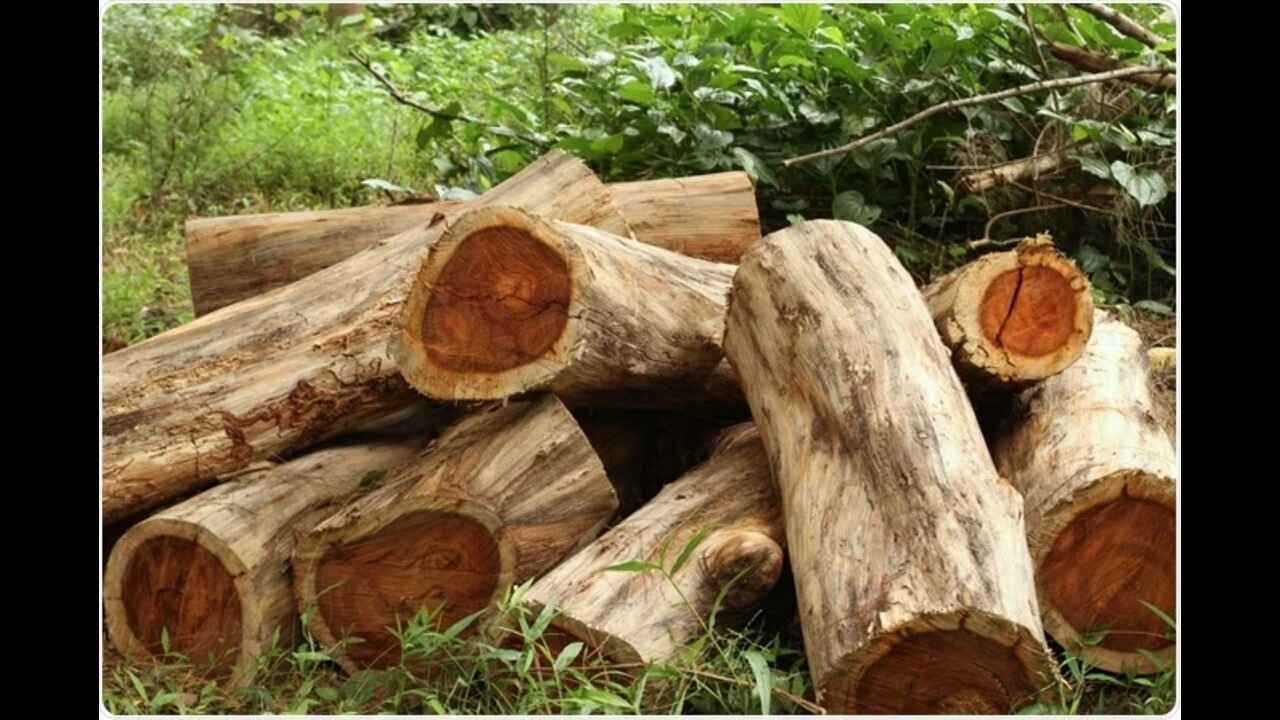
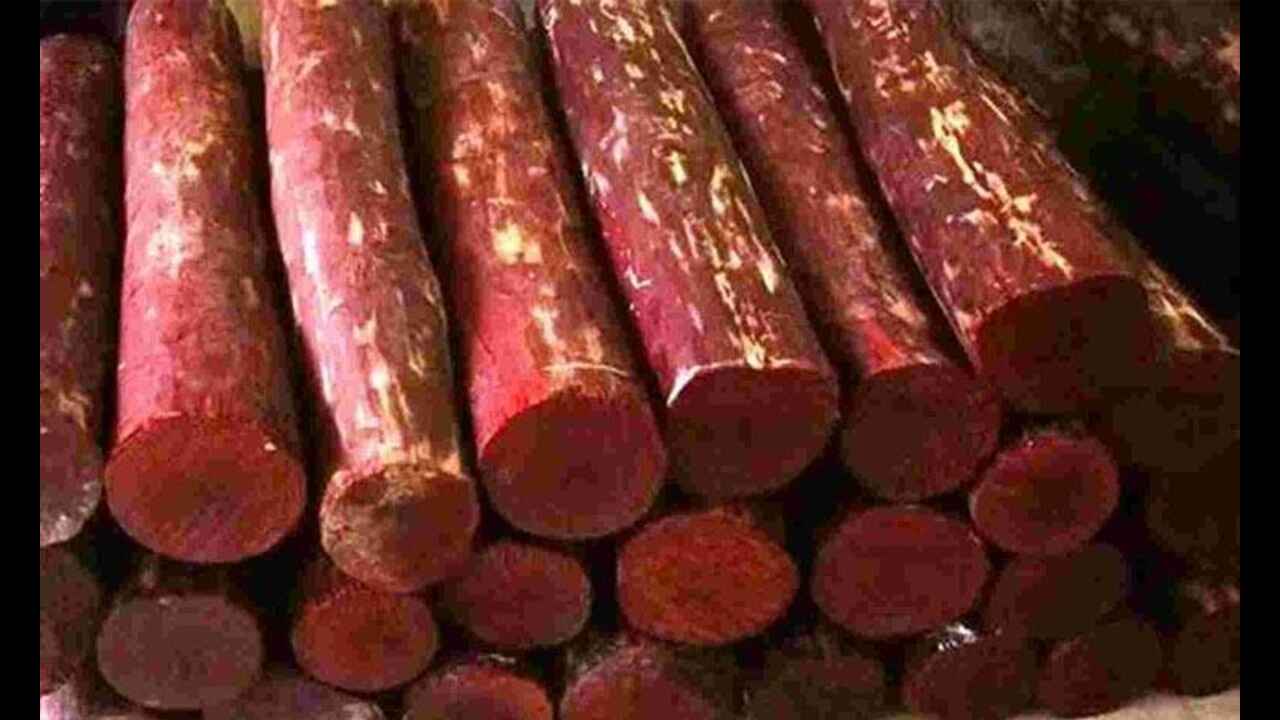
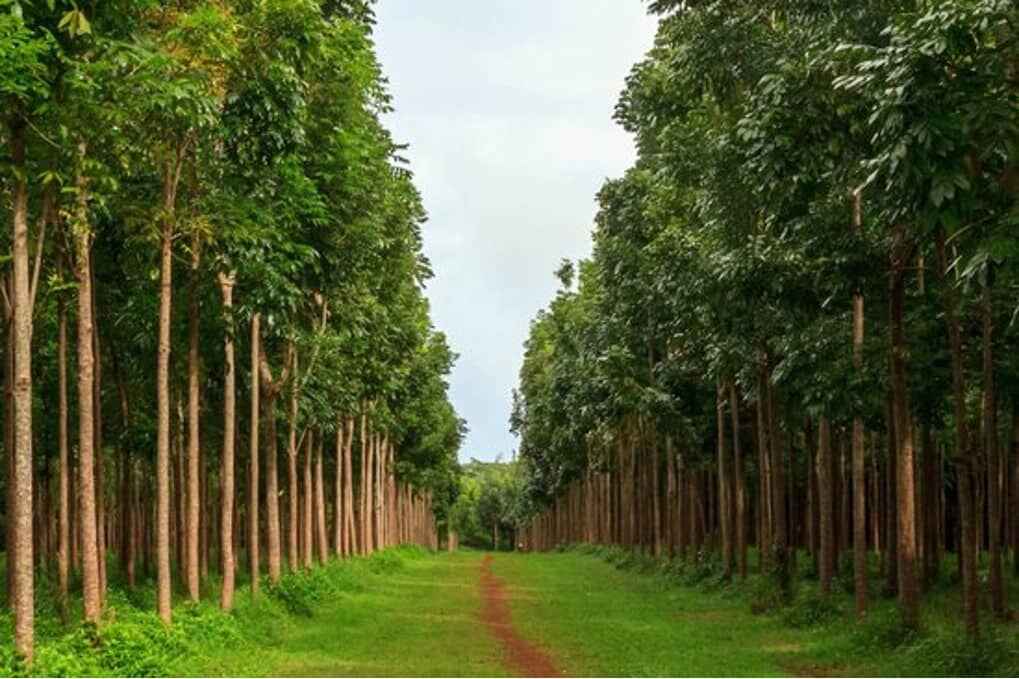
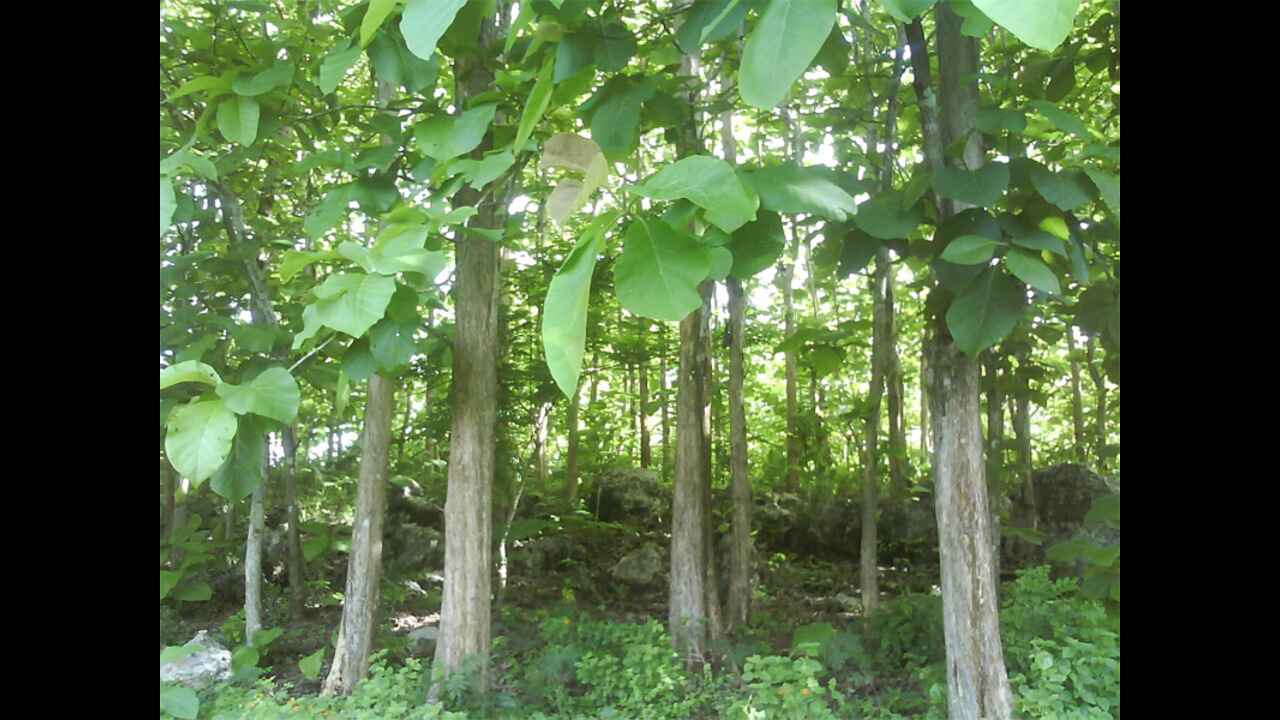
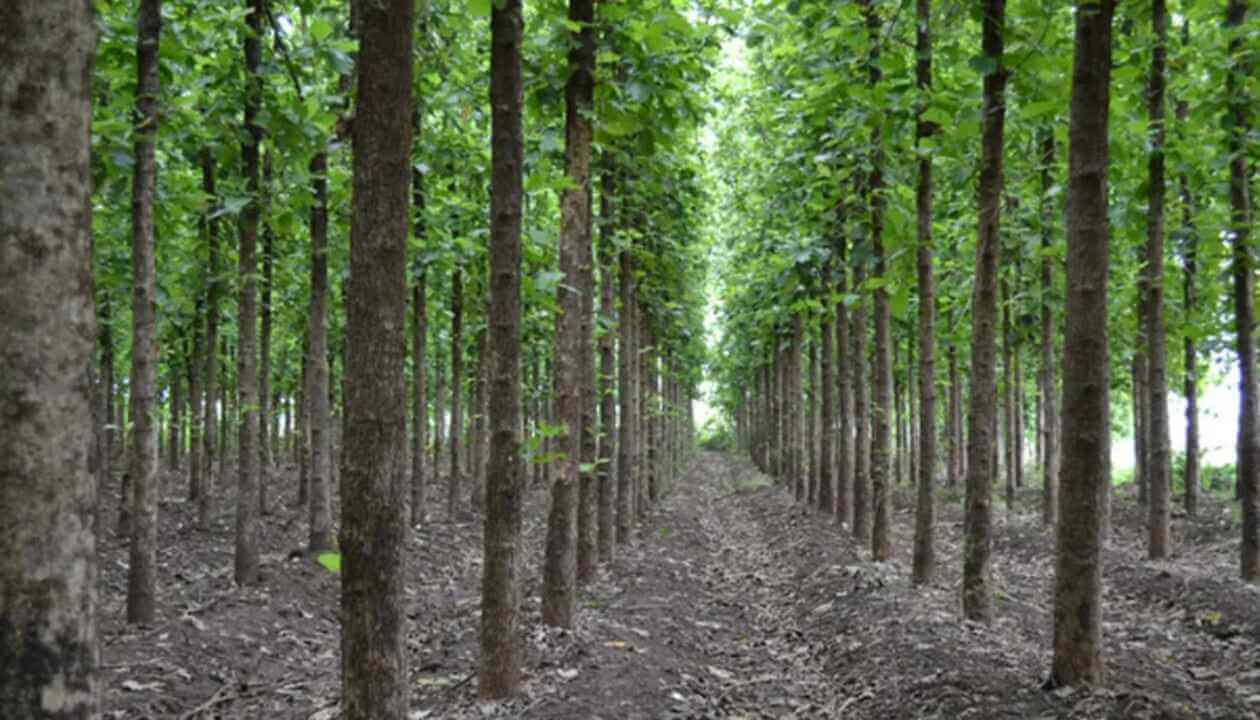
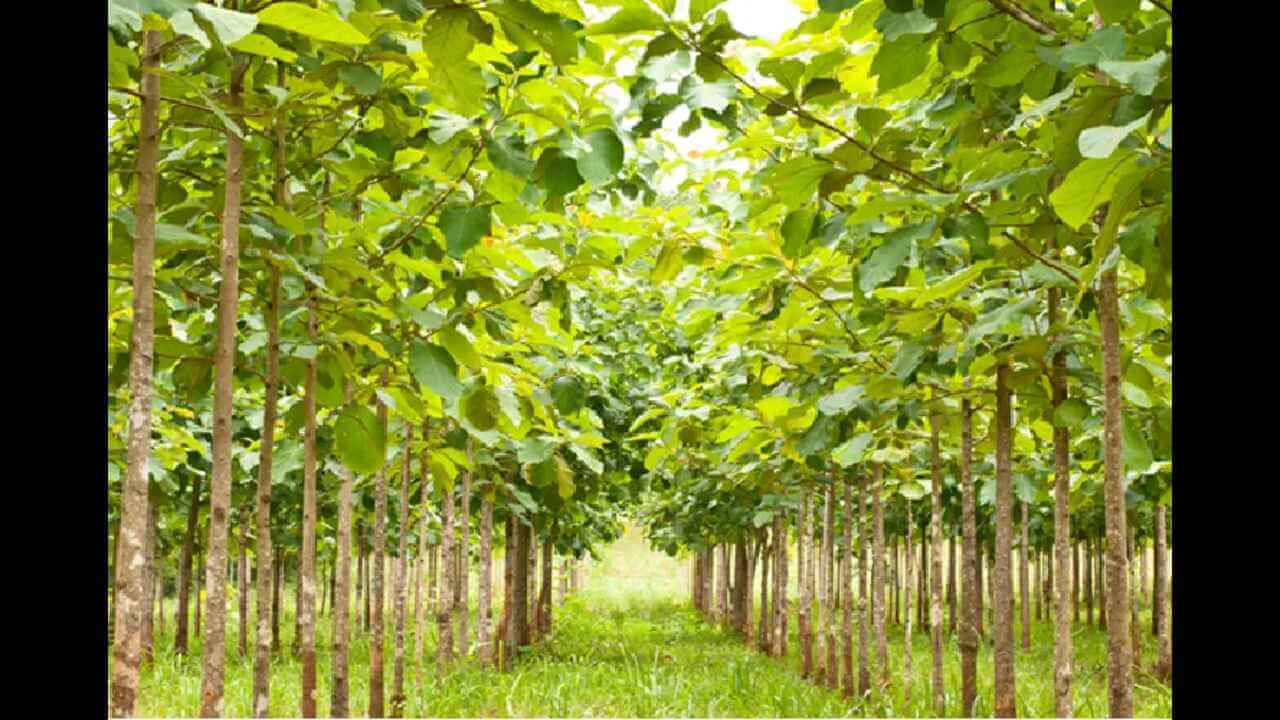
Nice article